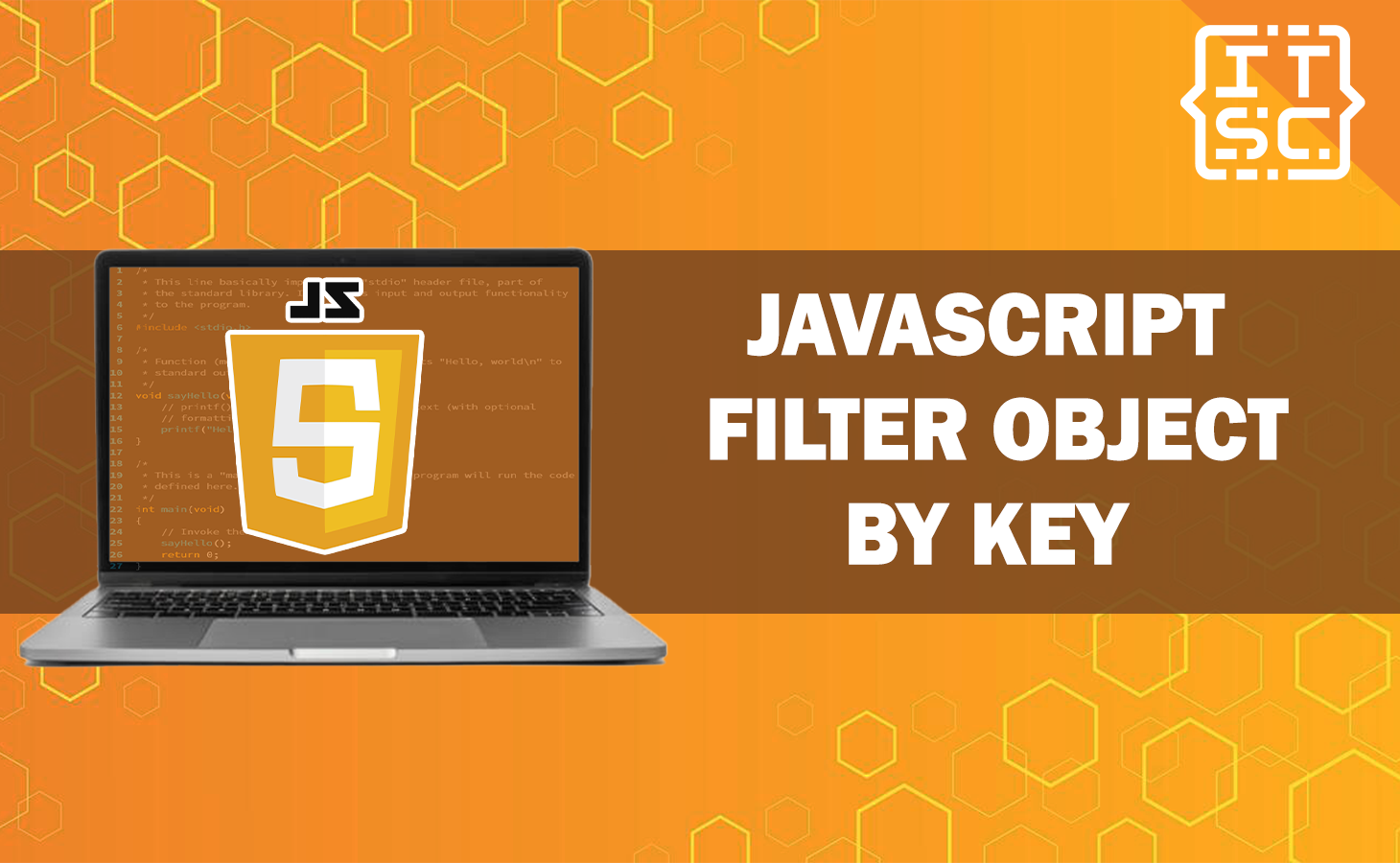In this article, we will explore the topic of how to get a cursor position in JavaScript and discover different methods, and examples.
Whether you’re a seasoned developer looking to refresh your knowledge or a novice eager to learn, this guide will provide you with the insights you need.
What is JavaScript get cursor position?
In JavaScript, “getting the cursor position” typically refers to determining the current position of the mouse cursor or touch input on the screen or within a specific element on a web page.
This information can be used for various purposes, such as implementing interactivity, tracking user actions, and creating custom user interface behaviors.
How to get position of cursor in JavaScript
Now that you have a solid foundation, let’s explore different methods for obtaining the cursor’s position in JavaScript:
- Mousemove Event
The mousemove event is your go-to option for tracking the cursor’s movements.
By attaching an event listener to the element of interest, you can continuously update the cursor’s position as it moves. - ClientX and ClientY Properties
These properties provide the cursor’s X and Y coordinates relative to the client’s viewport. You can access them within the event object to retrieve the position.
- OffsetX and OffsetY Properties
These properties are specific to certain event types, like mousemove. They give you the cursor’s coordinates relative to the target element.
- PageX and PageY Properties
Similar to ClientX and ClientY, these properties provide coordinates, but they are relative to the entire page rather than just the viewport.
- ScreenX and ScreenY Properties
These properties provide the cursor’s coordinates relative to the screen. They can be useful when you need global positioning information.
Here’s a complete JavaScript program that gets the cursor’s position and displays it on a webpage:
<!DOCTYPE html>
<html>
<head>
<title>Cursor Position Example</title>
</head>
<body>
<p>Cursor position:</p>
<p id="position"></p>
<script>
// Function to update cursor position
function updateCursorPosition(event) {
var cursorX = event.clientX;
var cursorY = event.clientY;
var positionElement = document.getElementById("position");
positionElement.textContent = "X: " + cursorX + ", Y: " + cursorY;
}
// Add a mousemove event listener to the document
document.addEventListener("mousemove", updateCursorPosition);
</script>
</body>
</html>
In this HTML and JavaScript code:
- We have an HTML paragraph element with the id “position” where we will display the cursor’s position.
- We define a JavaScript function updateCursorPosition(event) that takes the event object as a parameter. Inside this function, we retrieve the cursor’s X and Y coordinates using event.clientX and event.clientY, and then update the content of the “position” paragraph with these coordinates.
- We add a “mousemove” event listener to the document, which listens for mouse movement. When the mouse is moved, it calls the updateCursorPosition function, updating the displayed cursor position.
Output:
Benefits of Getting cursor position in JavaScript
Getting the cursor position in JavaScript can be beneficial for various purposes in web development. Here are some of the key benefits:
- Interactivity: Knowing the cursor position allows you to create interactive and engaging user interfaces. You can use it to trigger actions when the cursor hovers over or interacts with specific elements on a web page, enhancing the user experience.
- Custom Cursors: You can use the cursor position to implement custom cursor effects. For example, changing the cursor icon, following the cursor with animations, or creating unique hover effects on elements.
- Drag and Drop: When implementing drag-and-drop functionality, knowing the cursor position helps in tracking the movement of the dragged element and determining its drop location.
- Canvas and Drawing Applications: For applications involving canvas drawing, games, or any graphical interaction, cursor position is essential for determining where to draw lines, shapes, or objects.
- Tooltip Placement: You can position tooltips or pop-up information boxes precisely where the cursor hovers over an element, providing context-sensitive information to users.
- Interactive Maps: Cursor position is crucial for creating interactive maps and location-based applications. You can use it to determine the user’s interaction with map elements and provide relevant information.
- Responsive Design: For responsive web design, knowing the cursor position helps in adapting the user interface or content layout based on the cursor’s location or behavior.
- User Analytics: Tracking cursor movements can provide insights into user behavior and engagement patterns, helping you optimize the user interface and content placement.
- Gaming and User Interaction: In web-based games or interactive applications, cursor position is often used to control characters or objects, shoot projectiles, or trigger game events.
- Accessibility: By tracking the cursor position, you can improve accessibility features, such as providing alternative navigation methods or highlighting interactive elements for users with disabilities.
- Scrolling and Navigation: You can create smooth scrolling animations or navigation effects based on the cursor’s position, offering a more immersive browsing experience.
- User Feedback: Gathering data on where users are clicking or hovering can help you collect feedback and make data-driven decisions to improve your website or application.
I think we already covered everything we need to know about this article trying to convey.
Nevertheless, you can also check these articles to enhance your JavaScript manipulation skills.
- How to Find and Replace Object in an Array JavaScript?
- How to Remove Duplicates from Array in JavaScript? 5 Ways
- What is JavaScript getComputedStyle? | Example Program To Use
Conclusion
To sum up, understanding how JavaScript get cursor position is a valuable skill.
This knowledge opens up a world of possibilities for creating interactive and user-friendly web applications.
By following the techniques and best practices outlined in this guide, you’re well on your way to becoming proficient in cursor position tracking.
So, go ahead, experiment, and elevate your web development projects to the next level!

